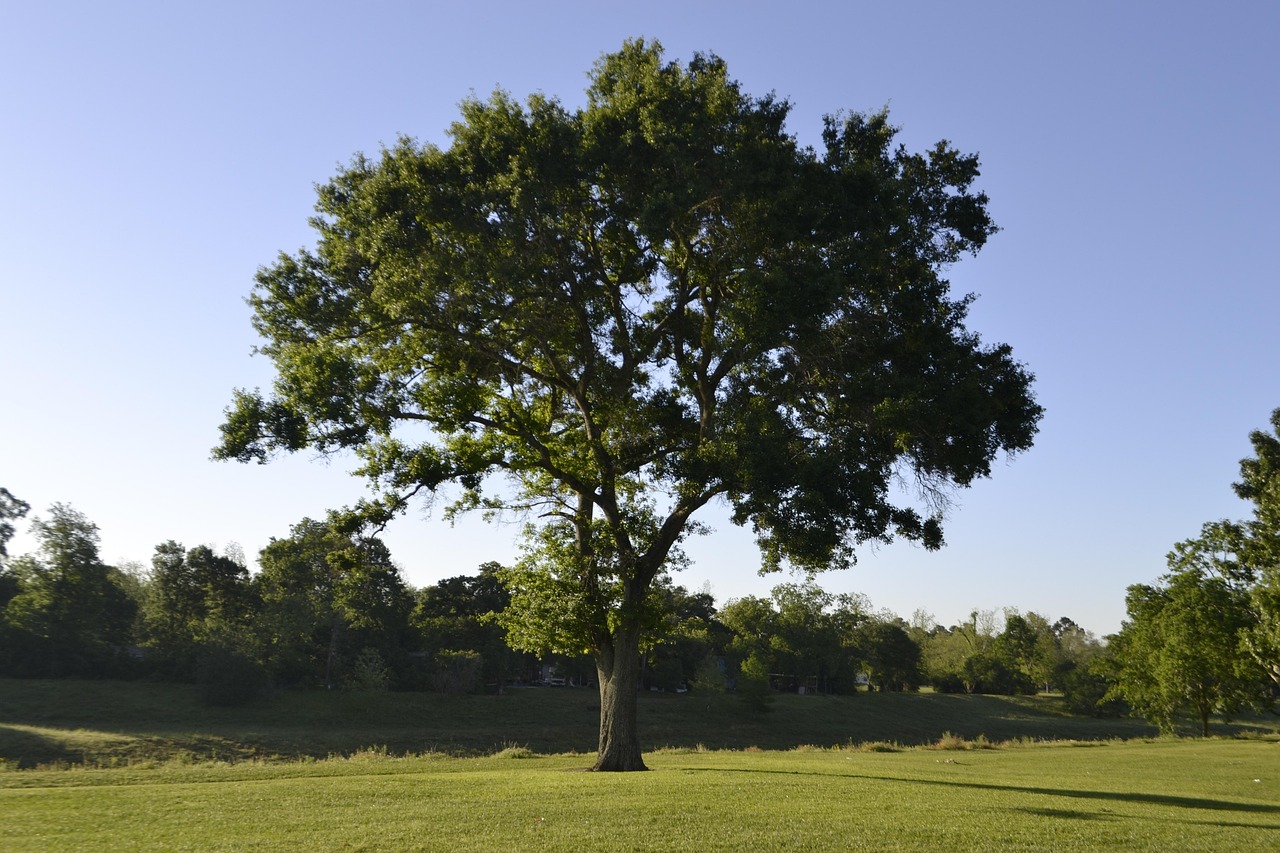(image credit: by panumas nikhomkhai )
The World Wide Web began as a simple idea in 1989—to help scientists share information. Invented by Tim Berners-Lee at CERN, it soon became the foundation of our digital world. The first website? It’s still online today, marking the moment the internet changed forever.
Before Instagram, TikTok, and Google, the internet was a quiet network used mainly by scientists and academics. While the infrastructure of the internet—including data transmission protocols and networking systems—was in development as early as the 1960s, it wasn’t until 1989 that the World Wide Web—the user-friendly interface we know today—came to life.
That breakthrough came from Sir Tim Berners-Lee, a British scientist working at CERN in Switzerland. Faced with the challenge of organizing and sharing massive amounts of research across global institutions, he proposed a novel solution: a digital network built on hypertext, web addresses (URLs), and browsers that allowed users to jump from one document to another seamlessly. This system was the birth of what we now call “the web.”
In 1991, Berners-Lee published the very first website at http://info.cern.ch. It wasn’t flashy. There were no images, no ads, no pop-ups—just plain text explaining what the World Wide Web was and how to get started with it. But this minimalist page became the blueprint for the digital universe, setting the stage for a future no one could have imagined.
That site still exists today and serves as a living monument to a technological revolution. From that single page grew a global network that now powers over 1.1 billion websites. The web has since transformed how we work, shop, learn, connect, and entertain ourselves. It has democratized access to information, birthed new economies, and even shifted the balance of power in media and politics.
Berners-Lee didn’t patent the web or charge royalties. Instead, he made the technology freely available to everyone, allowing innovation to flourish worldwide. His invention wasn’t just a tool for scientists—it became the foundation of the modern digital society.


